What Is System Physiology
What is system physiology. What is the physiology of respiratory system. Sometimes the two disciplines are separated though. Lymphatic cells include macrophages dendritic cells lymphocytes as well as lymphatic organs such as the spleen and thymus.
It is composed of lymphatic fluid lymphatic vessels and lymphatic cells. Failure of any one of these individual control system need to be compensated and corrected otherwise the overall homeostatic mechanism and physiological functioning will be affected. The respiratory system helps in the safe exchange of gases from the outer atmosphere to the inside of the body.
Incoming signals enter this neuron through synapses located mostly on the neuronal dendrites but also on the cell body. In case the compensatory mechanism fails the disease process is initiated physiology turns into pathology and may continued to death. In physiology respiration is the movement of oxygen from the outside environment to the cells within tissues and the removal of carbon dioxide in the opposite direction.
Many medical specialties concentrate on one body system ie neurology is the study of the nervous system. Click here to watch Part 2 on Lymphatic MalformationshttpsyoutubeQU6XMOo5UOETo learn more about our team of experts at the Vascular Anomalies Center. The primary functions of the skeletal system include movement support protection production of blood cells storage of minerals and endocrine regulation.
This textbook describes the physiological function of the respiratory system which includes mechanics of breathing lung function test and interpretation exchange and transport of gases. The kidneys use filtration absorption and secretion to manage a variety of systems within the body. Systems physiology involves learning about the physical structures organs making up various systems of the body and how each is situated.
Physiology is a subfield of biology that focuses on the study of human body function including how major processes work together at the cellular and molecular level. The lung is elastic and force pressure is needed to expand it and to overcome the resistance to gas flow in the airways. This pressure can be measured as pleural minus.
The respiratory system is the system that brings. The primary function of the skeletal system is to provide a solid framework to.
The volume in the lungs after an ordinary expiration is called functional residual capacity FRC and is approximately 34 L.
The lung is elastic and force pressure is needed to expand it and to overcome the resistance to gas flow in the airways. It tries to describe the way individual cells. This textbook describes the physiological function of the respiratory system which includes mechanics of breathing lung function test and interpretation exchange and transport of gases. Physiology is the study of the normal functioning of the organs of the body. For different types of neurons there may be only a few hundred or as many as 200000 such synaptic connections from input fibers. The lymphatic system is an important and often underappreciated component of the circulatory immune and metabolic systems. Changing the pressure of this fluid also. Systems physiology involves learning about the physical structures organs making up various systems of the body and how each is situated. Study of the anatomy and physiology of the body generally centers on study of the body systems.
The physiological definition of respiration differs from the biochemical definition which refers to a metabolic process by which an organism obtains energy by oxidizing nutrients and releasing waste products. The lung is elastic and force pressure is needed to expand it and to overcome the resistance to gas flow in the airways. Physiology is a subfield of biology that focuses on the study of human body function including how major processes work together at the cellular and molecular level. Herein what is a system in anatomy and physiology. Lymphatic cells include macrophages dendritic cells lymphocytes as well as lymphatic organs such as the spleen and thymus. Incoming signals enter this neuron through synapses located mostly on the neuronal dendrites but also on the cell body. The physiology of the respiratory system of the human body is not a problematic one mostly but it is a delicate one and if neglected or hampered in early life it can reduce the life span and quality of life drastically.

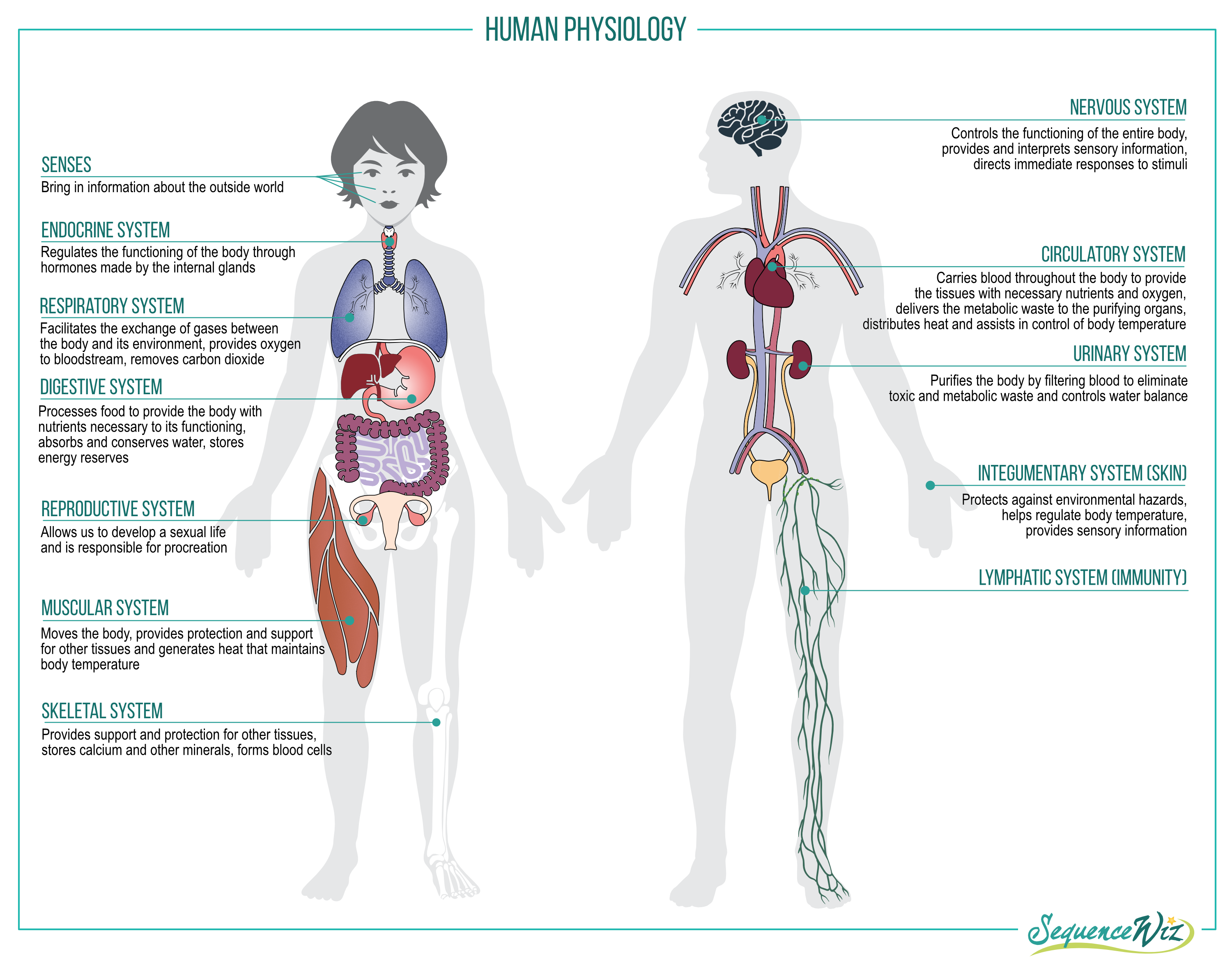





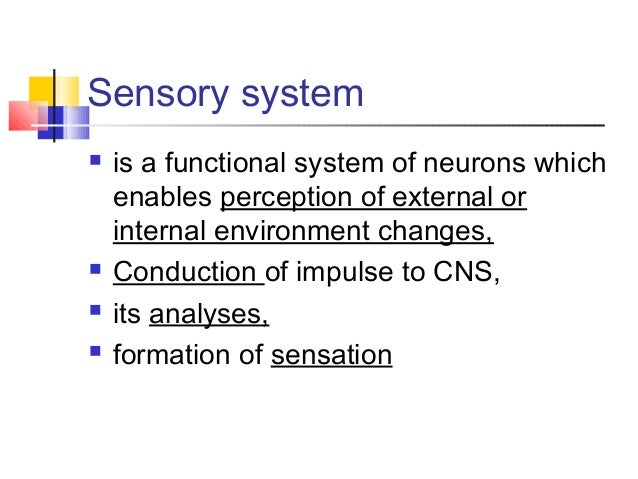

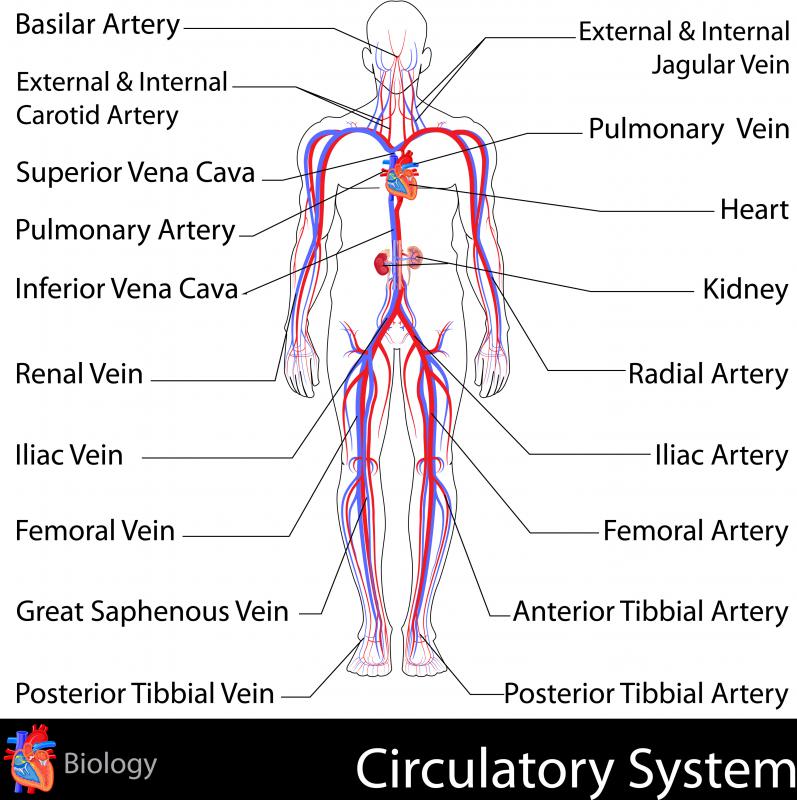



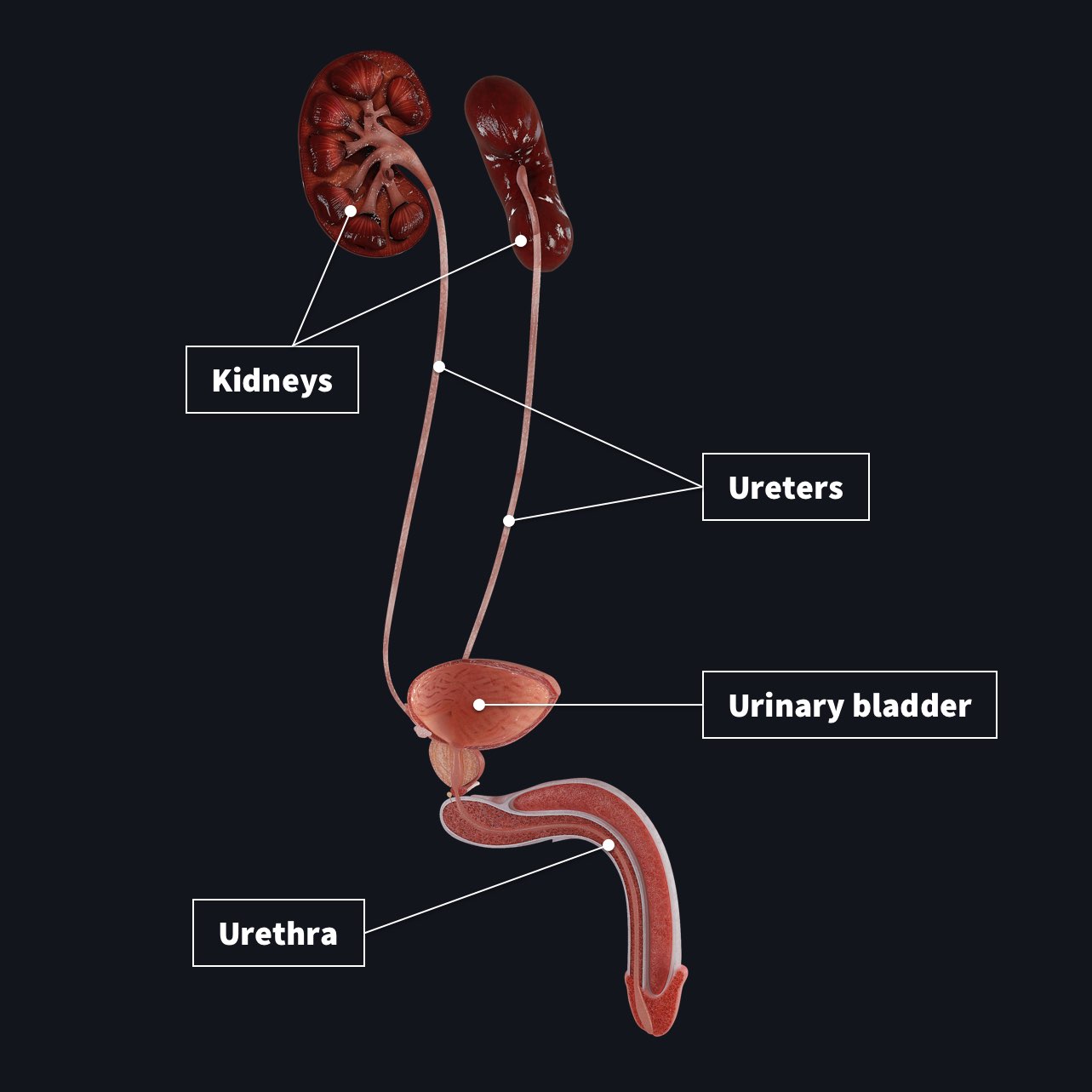



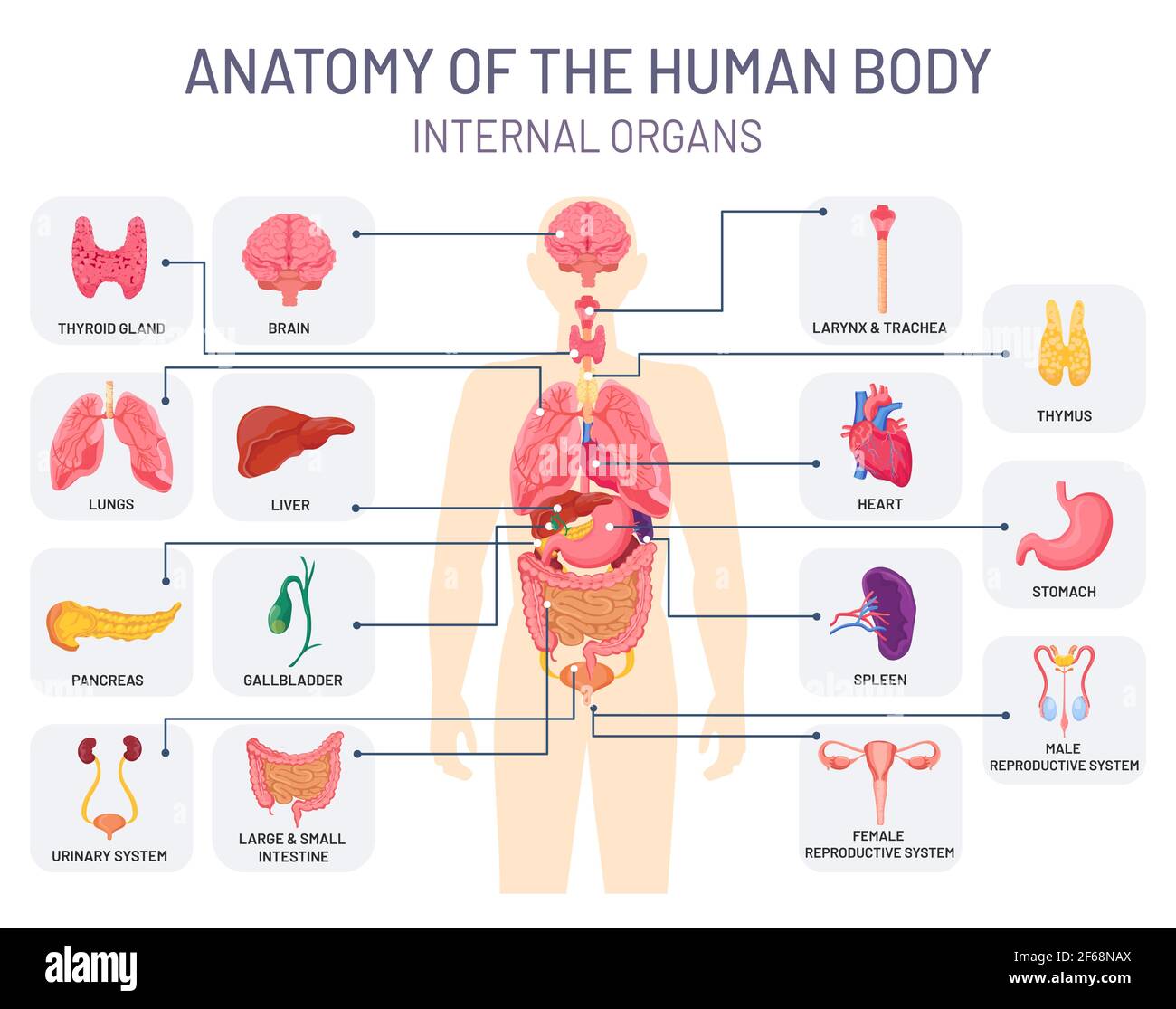






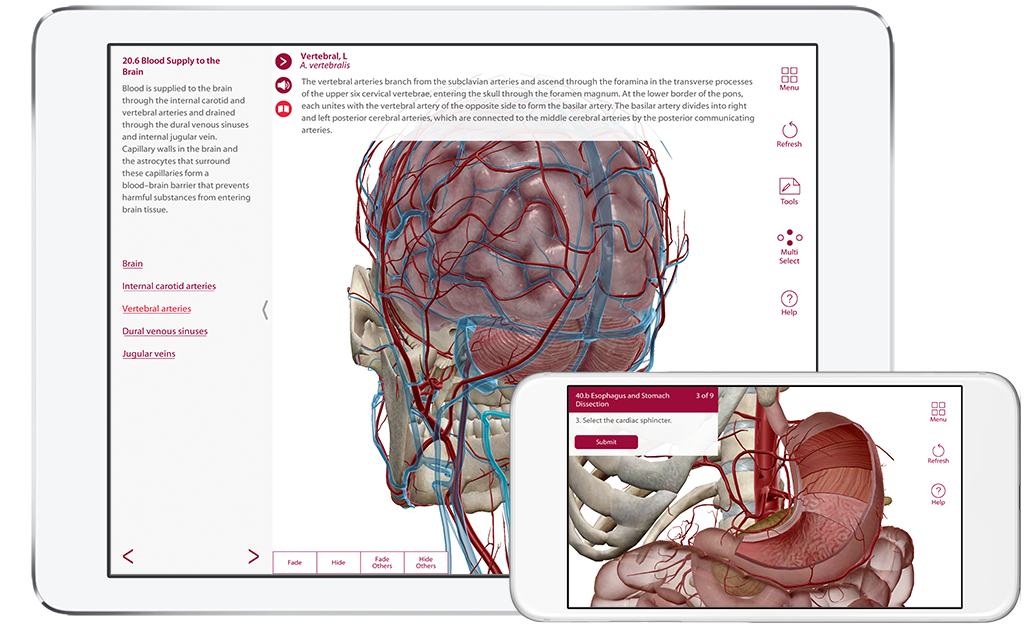
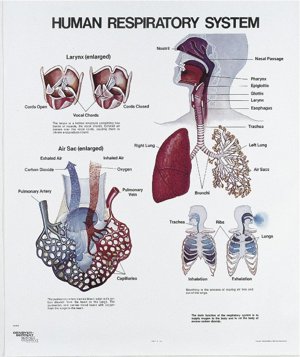
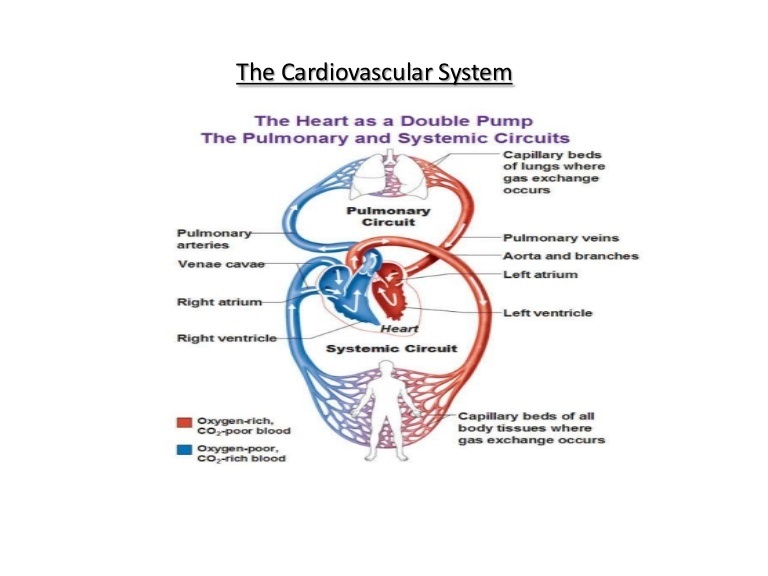




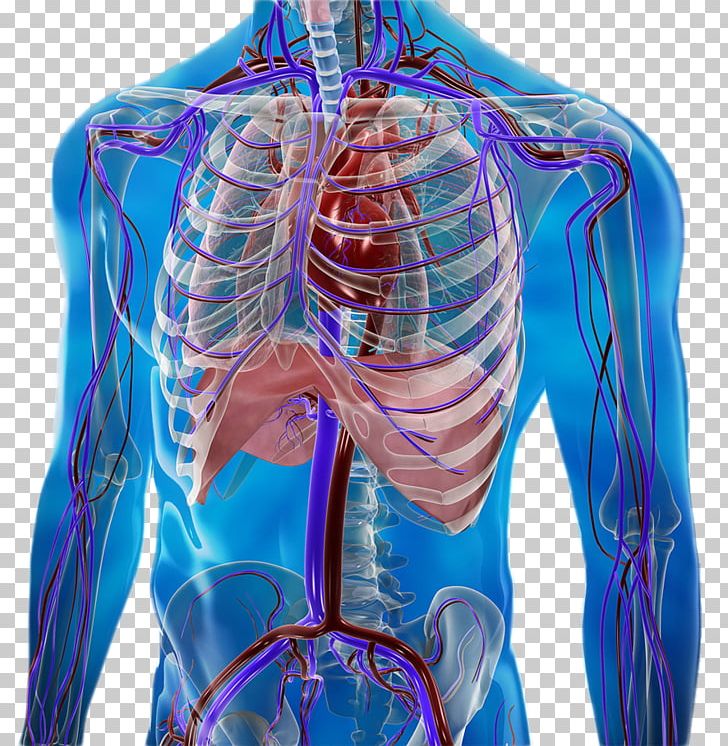








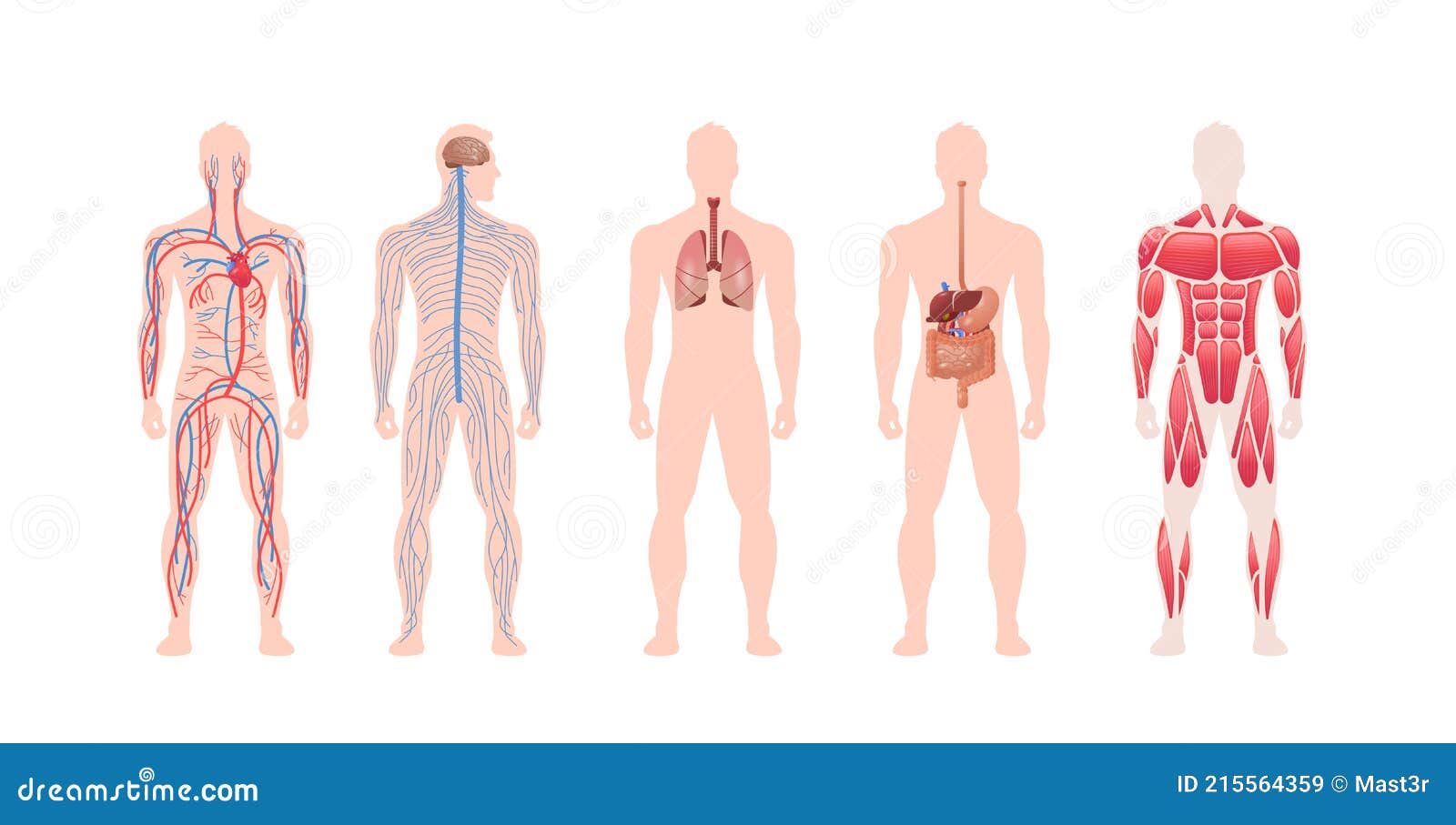




Posting Komentar untuk "What Is System Physiology"